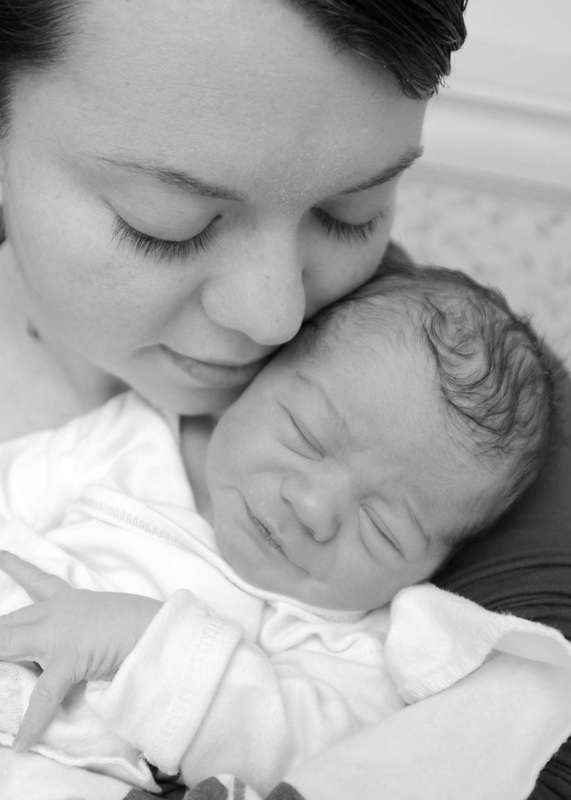|
This is second part of the Damage Control Series. For part one, go here. Prevention is key Yesterday's blog post addresses how to repair a relationship after a fight has occurred, which is very useful information, but there's more to damage control that just clean up. This post, Damage Control Part 2, address how to prevent the little things that can lead to simmering and boiling emotions...especially in children. In this sense, this post could be called Preventing Damage. Avoid labels When children (or even adults) demonstrate unwanted behaviors, it's easy to reduce the entire person to just a label.
Don't dismiss feelings Whether you toddler is crying about a blue cup (instead of the red cup) or a broken toe, his feelings on each subject are equally real. Even if you think it is silly to cry over a red cup, don't dismiss your child's feelings... because feelings are real whether you agree with them or not. Resolve underlying issues How often do you find yourself in a fight about something totally random? It's not that uncommon.
As little things build up (dishes undone, dirty laundry on the floor, a missed meeting), we start to simmer. But then there is also one tipping point and we explode. The final straw. And suddenly we are in a fight because our significant other asked us where we want to eat lunch. The fight wasn't really about lunch but rather all of the unspoken issues that added up. But avoiding that can be easy if you resolve each issue as you come across it, and this method works well for any relationship. Sometimes, the answer is simple. Maybe your child is hungry or sleepy - two of the most powerful influencers of mood. Other times, maybe there is a problem with a friend at school. A lot of conflict at home can be avoided (or easily resolved) by digging deep to find the root of the problem. Often, the actual conflicts are just surface level, masking another problem. (Think: hangry toddler upset that the sun is setting. The problem is not the sun, it is the hunger.) What are some ways you prevent fights or struggles in your home? Comment below!
0 Comments
Leave a Reply. |
About KatieWife & Mama with a passion for peaceful parenting, natural living, homeschooling... and my daily café au lait. Archives
July 2020
Categories
All
|


